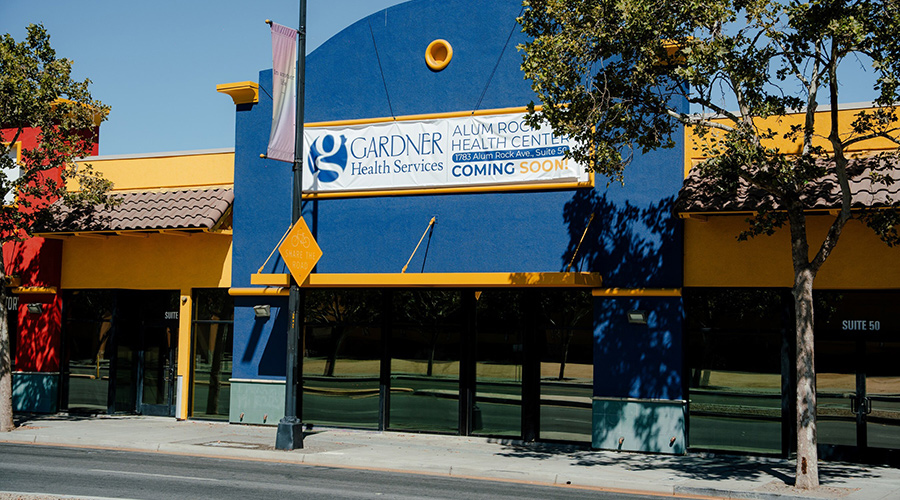Perkins Eastman Research, the firm-wide research arm of global architecture firm Perkins Eastman, is proud to announce the publication of its newest white paper, “The Effectiveness of Collaborative Spaces in Healthcare and Research Environments.” The study’s authors seek to answer the question: How can design improve communication and collaboration among medical professionals and, ultimately, create a better treatment environment for patients?
One year after the opening of the Perkins Eastman-designed NYU Winthrop-University Hospital Research and Academic Center, in Mineola, Long Island, Perkins Eastman Research conducted a post-occupancy evaluation of the building’s third-floor multi-use space – which can be seen as a microcosm of the facility’s collaborative core – in order to better understand how various design aspects and furnishings were supporting (or inhibiting) collaboration within the medical research setting. This multi-use space was originally designed as a collaborative setting for employees of the Center, and since such spaces remain uncommon in traditional healthcare facilities, it was crucial to revisit the project and determine if it was working. Findings from archival research, observations, place-mapping, and interviews informed the resulting white paper.
“Historically, the medical field has not fostered a collaborative working environment,” write the primary authors, Rebecca Milne and Katie Gluckselig, in the paper’s introduction. “[D]epartments are often isolated from each other and not encouraged to communicate, and there remains a strong sense of hierarchical division. This is slowly beginning to change as the benefits of teamwork in medicine gain wider recognition.”
The Research team approached this study knowing that without collaboration in the workplace, communication among colleagues suffers. In turn, communication errors are the leading cause of medication prescription errors, surgical errors, and delays in treatment, all of which supports the argument that “improving the patient experience begins with improving employee engagement and hospital culture.”
Identifying the solution to improving employee engagement and collaboration within a dedicated medical research facility is no simple task. It involves, according to the authors, “a shift within the medical profession to a more positive attitude towards collaboration, combined with the support of a thoughtfully designed built environment. It is unlikely that the implementation of one change will be wholly effective without the other … This is a subject that deserves serious consideration and will certainly become more relevant in the future of healthcare.”
The full white paper is available to download at perkinseastman.com/white_papers.

 Mattresses Require Strict Care to Prevent Spread of Infections
Mattresses Require Strict Care to Prevent Spread of Infections Gardner Health Services Opens Alum Rock Health Center
Gardner Health Services Opens Alum Rock Health Center The Children's Center of Hamden Reports Data Security Incident
The Children's Center of Hamden Reports Data Security Incident Designing for Senior Care Communities Means Designing for Everyone
Designing for Senior Care Communities Means Designing for Everyone Harlem Hospital Legionnaires' Outbreak Highlights Cooling Tower Risks
Harlem Hospital Legionnaires' Outbreak Highlights Cooling Tower Risks